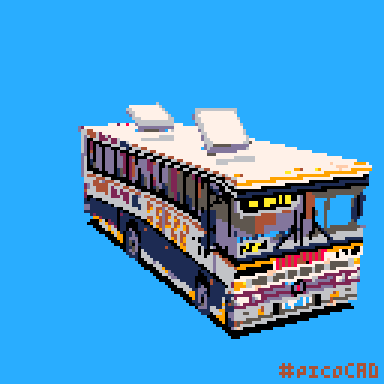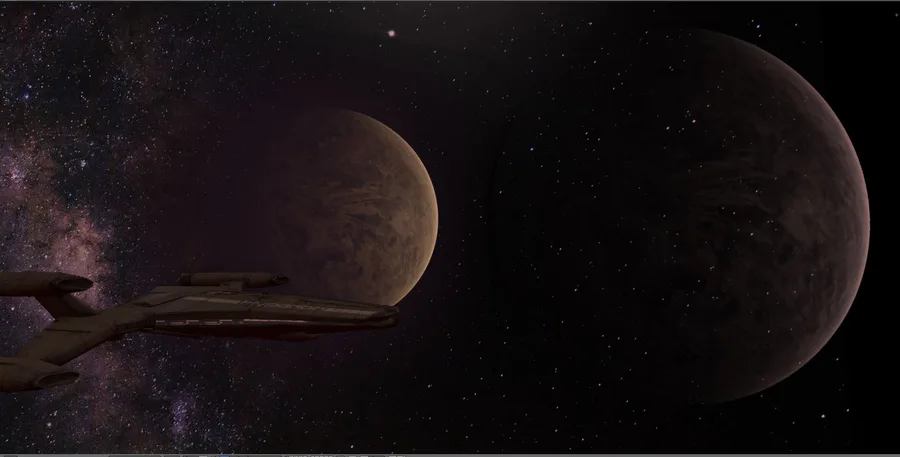Welcome back! This is the second devlog for Immunology.
First, a quick note: while Immunology is inspired by biological processes, it’s not intended to be hyper-realistic, especially in terms of the microscopic interactions. Some mechanics are simplified for gameplay purposes.
Progress Update: Circulation System and "Holes"
In the last devlog, I discussed some of the challenges with designing the circulation system, particularly the issue of "holes." These holes occur when cells die, allowing blood contents to seep into surrounding tissue where they shouldn't be. Initially, I added a simple cell multiplication feature to fill the gaps left by dead cells. However, this approach was too slow; when large numbers of cells died, it led to significant blood loss., as you can see in the video
To address this, I introduced a new element: platelets. Similar to their real-life counterparts, these platelets prevent bleeding. But in Immunology, they work a bit differently. When a cell dies, it creates a "wind" effect that pushes nutrients out from the bloodstream. The platelets detect this flow and move toward it, traveling in the same direction. Once they arrive at the damaged area, they unfold and expand, forming a temporary wall that halts the bleeding. This barrier holds until new cells can multiply and permanently seal the wound. they do not fully stop it, but they help ALOT
What’s Next?
With the circulation system nearly complete, I’m excited to explore the next phase of the game. Stay tuned to see where this system will lead
view video on YouTube :https://youtu.be/gjLVsnpRUt8












0 comments